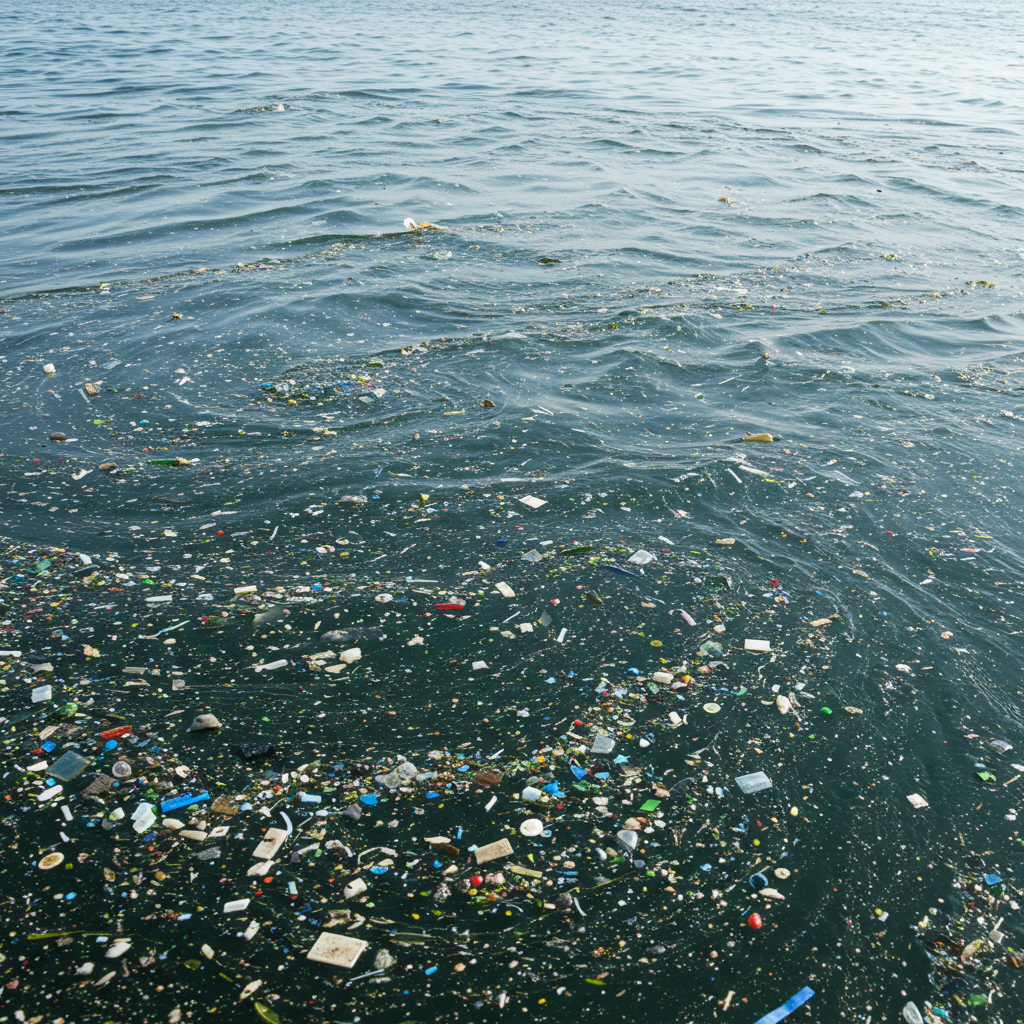New Study Links Microplastic Pollution in Water to Increased Risk of Stroke, Heart Disease, and Diabetes
Alarming new research suggests a potential link between microscopic plastic particles polluting waterways and a higher risk of serious health conditions, including heart attack, stroke, and diabetes. While the primary study focused on the United States, its findings raise significant concerns for residents living in coastal areas globally, including parts of the UK.
Experts believe tiny pieces of plastic, known as microplastics, could be entering the human body through everyday exposure – including drinking water, the food we eat (especially seafood), and even the air we breathe. Once inside, these particles may release harmful toxins into tissues and organs.
Examining the Link: Findings from a Large-Scale US Study
One of the first large-scale investigations into this worrying connection was conducted by researchers in the United States and published in the Journal of the American Heart Association. The study analyzed data from 152 US coastal counties across the Pacific, Atlantic, and Gulf coasts, comparing the concentration of microplastics in nearby ocean waters with health data from the Centers for Disease Control and Prevention (CDC).
Counties were categorized based on their level of microplastic pollution, and this data was correlated with the prevalence of stroke, type 2 diabetes, and coronary artery disease (CAD) among residents. Importantly, the analysis adjusted for various confounding factors, such as age, gender, income, access to healthcare, air pollution, and neighborhood conditions, to help isolate the potential impact of microplastics.
The results revealed a clear pattern: counties with the highest levels of microplastic pollution in adjacent waters showed significantly elevated rates of illness. Specifically:
Residents faced a 9% higher incidence of strokes.
There was an 18% increased likelihood of developing type 2 diabetes, a condition known to significantly raise the risk of heart disease.
- Individuals had a 7% increased risk of coronary artery disease (CAD), where plaque builds up in the arteries, potentially leading to heart attack or stroke.
- www.dailymail.co.uk
- www.dailymail.co.uk
- www.mirror.co.uk
Geographic variations were noted, with counties along the Gulf Coast and the Atlantic coast exhibiting higher disease rates compared to those on the West Coast. As an example of the potential severity, residents in Charlotte County, Florida, an area bordering the Gulf of Mexico with high microplastic levels, were found to have nearly double the risk of heart disease compared to those living inland.
Dr. Sarju Ganatra, senior author of the study, emphasized that the findings add to a growing body of evidence suggesting that plastic pollution is not solely an environmental issue but also a potential public health crisis.
How Might Microplastics Cause Harm?
Scientists are still exploring the precise mechanisms, but one theory suggests that the “jagged-edged” plastic fragments can physically interact with the body’s tissues. Some research indicates that microplastics can stick to plaque lining blood vessels, potentially contributing to blockages in arteries, which increases the risk of heart attack or stroke.
This mechanism is supported by earlier studies. Research from January linked microplastics to the formation of deadly blood clots in the brain, further increasing stroke risk. Another compelling study highlighted that stroke victims had remarkably higher amounts of microplastics detected in their arteries – over 50 times more than healthy individuals and nearly 16 times more than those with significant plaque buildup who hadn’t experienced symptomatic disease.
Understanding the Limitations and Broader Implications
While this large-scale US study found a strong correlation, the researchers acknowledge that it cannot definitively prove that microplastics are the direct cause of these increased health risks. The study relied on county-level data rather than measuring individual exposure or microplastic levels within participants’ bodies. Furthermore, the primary analysis focused on microplastic levels in seawater, although experts stress that pollution is pervasive, found in fresh water, food chains, and the air.
Despite these limitations, the results align with a growing body of research linking microplastic contamination in humans to various health conditions beyond cardiometabolic diseases, potentially including dementia.
The diseases highlighted in the study – stroke, heart attack, and type 2 diabetes – are all serious conditions known to reduce life expectancy. The study’s findings underscore the scale of potential exposure, with millions of people residing along coastlines globally, many bordering waters with high microplastic concentrations.
What Can Be Done?
Dr. Ganatra and other experts urge a shift from mere awareness to concrete action. They call on policymakers to treat plastic pollution as a significant health concern and advocate for measures to reduce plastic waste entering the environment.
On an individual level, reducing exposure to microplastics can be challenging given their ubiquity. However, experts suggest practical steps like swapping plastic containers and items in your home for alternatives made of natural materials, metal, or glass where possible.
The study serves as a stark reminder that the plastic waste discarded into our environment is finding its way back to us, potentially impacting our health in profound ways. The full extent of this impact is still being understood, underscoring the urgent need for further research and global action.



